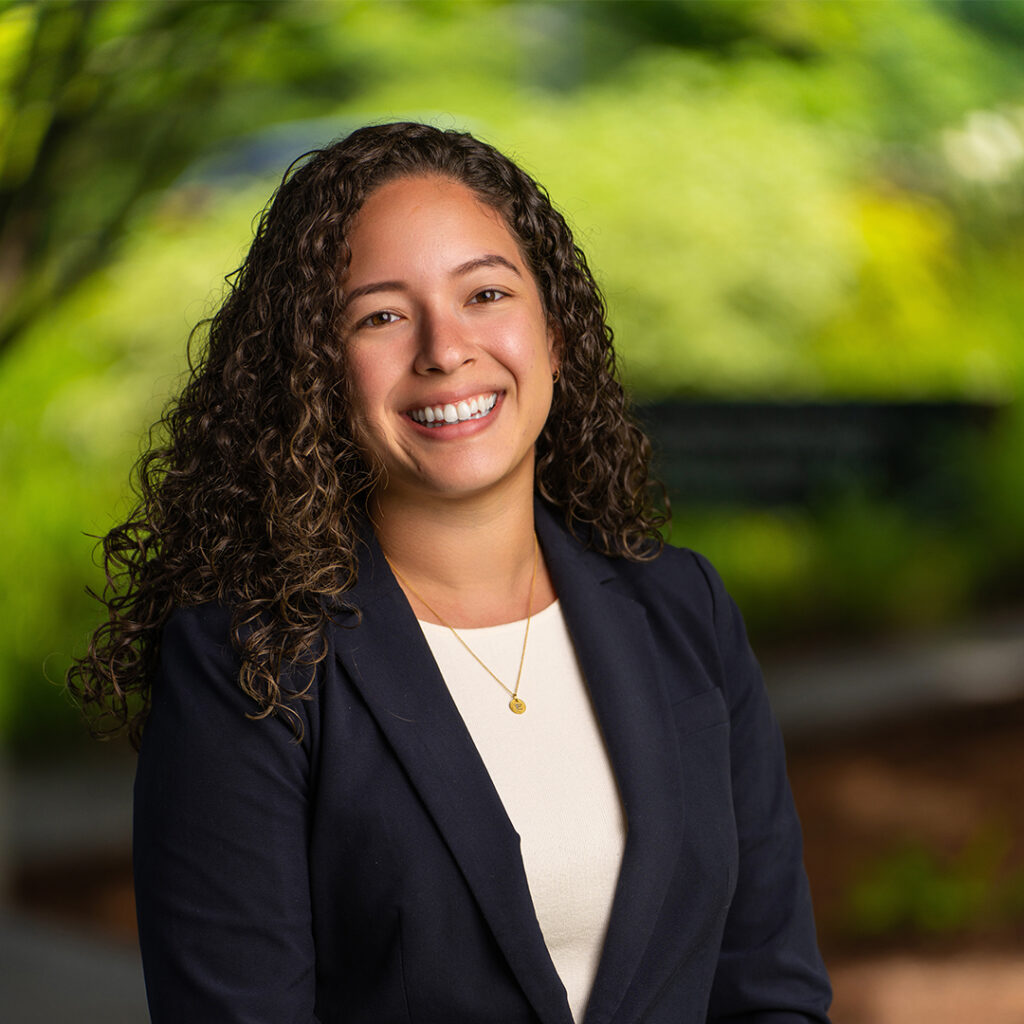By Brennan LaBrie
There is a national gap in college completion rates between Hispanic/Latine students and their peers, and it’s rooted in opportunity gaps in high school.
The big picture: Enrollment disparities in advanced pathways contribute to these differences in post-secondary outcomes.
- In 2022, 25% of Hispanic 25-29 year olds had attained a bachelor’s degree, which is the lowest in that age category compared to those identifying as Black ( 28%) , Pacific Islander (28%), White (45%), and Asian (72%), according to the National Center for Education Statistics.
- This gap correlates to enrollment disparities in advanced academic pathways in high school – which set students on the road to post-secondary success.
- According to the U.S. Department of Education’s 2020-21 Civil Rights Data Collection, white students are 1.6 times more likely to take AP classes, and 2.9 times more likely to take dual enrollment classes, than their Hispanic peers.
The Challenges for Hispanic/Latine Students
Erika Cabrera, an EOS Partnership Director, shared some of the challenges facing Hispanic/Latine students at the College Board’s Prepárate Conference last April.

These challenges include:
- Low enrollment in advanced courses
- High attrition rates
- Families not receiving information on advanced academic options
- Lagging essential skill development, particularly among emerging English speakers and first-time takers of advanced courses.
A lack of trusted adults:
- Another major takeaway from EOS survey data she shared was that Hispanic/Latine students were less likely than their peers to identify a trusted adult in their school.
- In our work at EOS, we have found this to be a root cause element to the types of challenges identified above. Our surveys show adult encouragement and belonging to be two of the biggest barriers to access and success in advanced courses.
- When students aren’t encouraged or expected to challenge themselves, and don’t feel welcome in rigorous classroom environments, they likely won’t enroll.
- Trusted adults break down these barriers by informing students about advanced pathways, encouraging them to enroll, and providing support as these students navigate this new space.
The Solutions: Enabling teachers and staff to better support students
EOS identifies trusted adults in their student surveys, as well comprehensive information on each student’s learning mindsets, skills, subject interests, aspirations, and perceived barriers to success in advanced courses.
This information is compiled into unique student insight cards and a school-wide equity pathway report. School leads, along with EOS, then launch a targeted outreach plan for underrepresented students who are eager and ready for academic rigor.

“Equal Opportunity Schools has consistently worked to highlight multilingual learners, their assets, perceived barriers, and potential across our district partnerships,” Cabrera said. “As a Latina, this work is personal to me as I see myself in all of the Latine students we intentionally support in their post-secondary pursuits. I have witnessed trajectory-changing shifts in partner schools that honor our students and their strengths that can often go unseen.”
Equipped with EOS’ data, strategies, tools, and year-round support from partnership directors like Cabrera, districts employ different tactics in supporting Hispanic/Latine students.
“One school district worked to create sheltered instruction advanced courses that would allow language development for multilingual learners while exposing students to above-grade-level content, demonstrating that developing English language skills does not equate to low intellectual capabilities,” Cabrera said. “I worked with another school district that created a network of families of students who were enrolled in advanced courses to help families become better supporters and stewards of their students’ education.”
She highlighted several ways EOS supports students and educators after targeted students are enrolled in advanced courses, including:
- Intentional community and family engagement to dispel misinformation and increase access
- Establishing skill-based elective courses for all students, with specific outreach to target student populations
- Structured and built-in professional learning communities for advanced course instructors
- Professional development opportunities on cultivating conditions of belonging
- AP welcome letters, meet and greets, and family night for all first-time takers.
- Continuous efforts to showcase student success stories in advanced courses
Hispanic/Latine educators have played a key role in increasing this support, she said.
“Latine educators’ expertise and personal experiences have been instrumental in both scenarios as they helped move the needle and personally connected with students and their families,” she said. “This underscores the importance of reimagining educational spaces as interdependent for our Latine population rather than independent – it is a whole family and community effort.”
While EOS takes pride in the opportunity gaps we have helped our partner districts bridge for Hispanic/Latine students, we constantly strive to increase our impact — so that every student can reach their full potential.
“To continue supporting our Latine student population, one of the fastest growing in America, we need to adopt asset-based thinking to really see our students, their contexts, and their abilities to shine beyond the traditional norms,” she said.
Learn more about how EOS support students and educators here:
Brennan LaBrie helps amplify the work, mission, and impact of the EOS team and our partners across the education landscape. With a background in local journalism, he seeks to share the stories of individuals and organizations driving impact in their community and beyond.